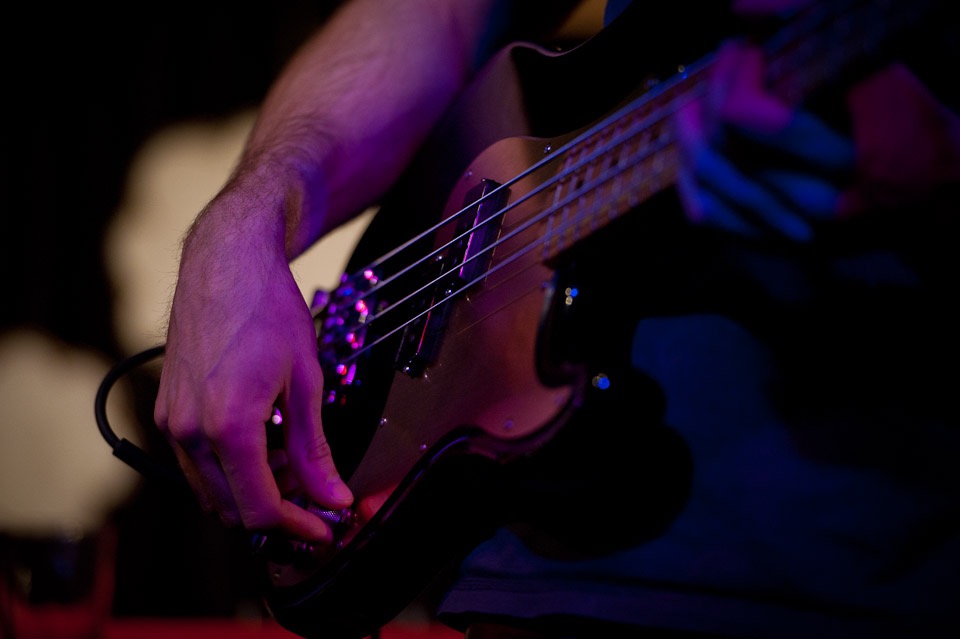Gary Numan’s fourth solo album – 1982’s I, Assassin – found the electropop pioneer dabbling, on tracks like Music For Chameleons, with influences drawn from funk and jazz. Numan’s previous album, Dance (1981) had already hinted at a move away from the synth-driven pop of earlier hit ‘Cars’, introducing accomplished guest musicians including fretless bass wizard Mick Karn.
The sound of the fretless bass would prove to be one of the integral elements of I, Assassin’s sonic blueprint, with Numan using the creative genius of a 25-year old Welsh bassist named Pino Palladino as the foundations of many of the songs.
Gary Numan stated that he ‘leaned heavily’ on Pino during the sessions and intentionally pushed the bass to the forefront of the mix, creating a sound that would go on to define the early portion of Pino’s career and provide the template for his session work with acts like Paul Young, Go West and Don Henley.
Mr. Palladino thankfully managed to move with the times and didn’t remain a slave to the fretless, allowing him to land work as a sideman with just about everyone: D’Angelo, The Who, John Mayer, Erykah Badu, Eric Clapton, Ed Sheeran, Adele and Nine Inch Nails are just a small sample of the diverse range of artists that have had their albums and tours improved by Pino’s grooves.
Enough Pino worship, back to the song; I was first introduced to ‘Music For Chameleons’ through the cult British comedy series ‘I’m Alan Partridge’, in which Alan performs some delightful air bass along to the track:
‘Music For Chameleons’ begins with Pino playing long, sustained notes interspersed with fills that utilize harmonics, slides and ghost notes. Layers of synths and percussive effects build into an unusual climax – a 16-bar fretless bass explosion that somehow serves as the song’s ‘hook’. Pino uses slides and vibrato to make the most of the fretless, which adds a distinct ‘vocal’ quality to his funky, syncopated lines. The material of the bass break also forms the basis of the bass line for the verse.

